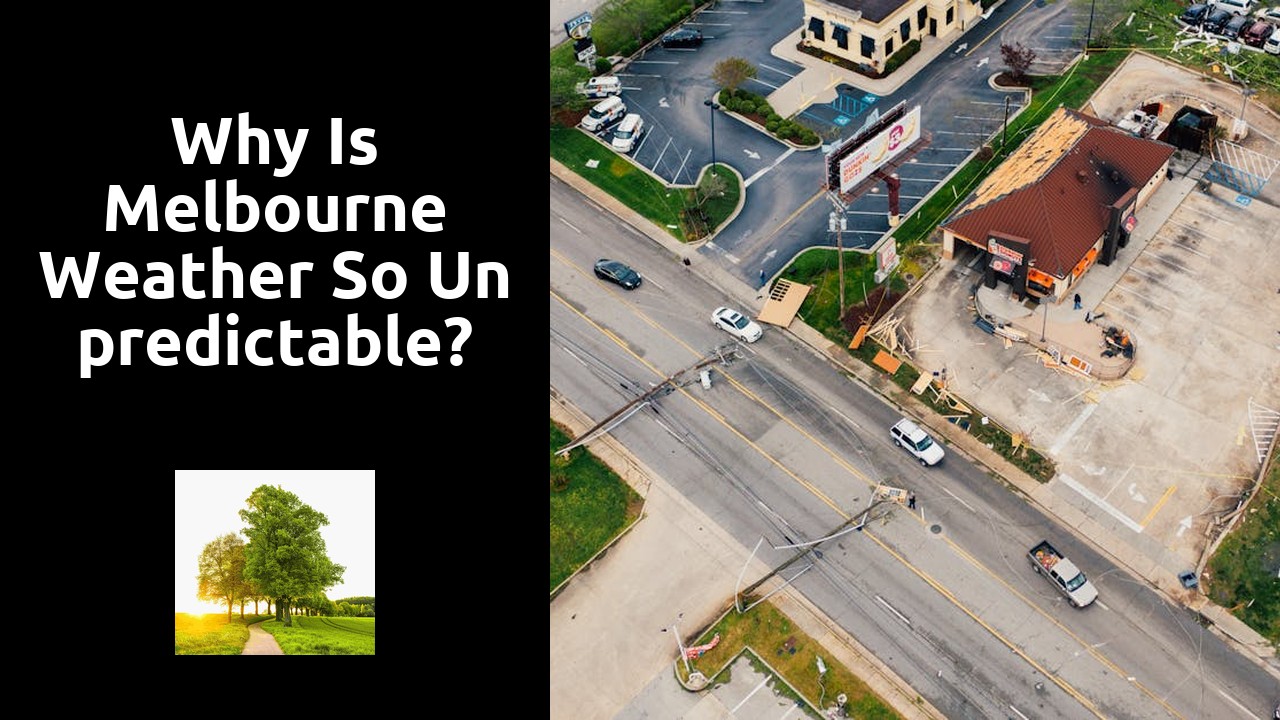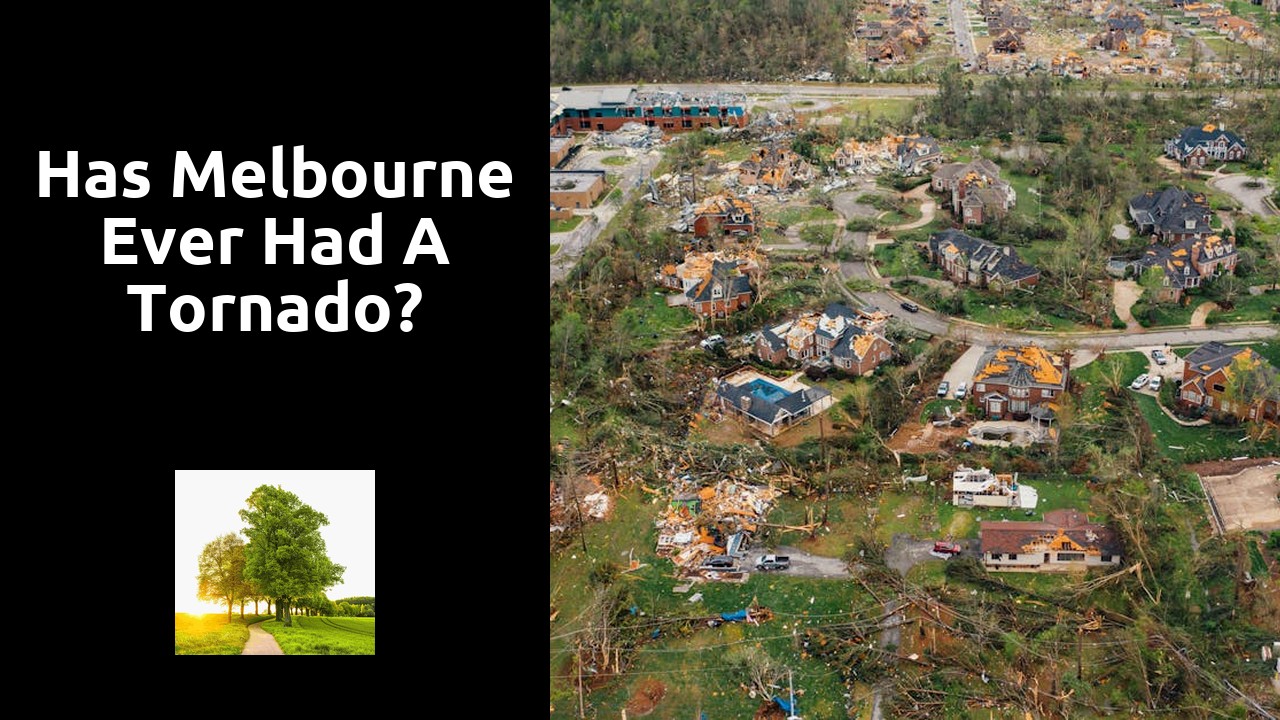
Seasonal Changes in Melbourne
Seasonal changes in Melbourne bring about a range of weather patterns that contribute to the city's reputation for unpredictability. In the summer months, scorching heatwaves can quickly give way to sudden thunderstorms, causing flash floods in certain areas. Residents often find themselves caught off guard by these swift changes in weather, leading to storm damage near me and other affected regions of the city.
Conversely, the winter months in Melbourne are characterized by chilly temperatures and occasional frost, particularly in the early mornings. Despite the cooler weather, sporadic bursts of warm days can still occur, creating a sense of fluctuation that keeps residents on their toes. Storm damage near me can also be a concern during these times, as strong winds and heavy rainfall can pose a threat to homes and infrastructure.
Factors Affecting Weather Predictability
Melbourne's unpredictable weather is influenced by various factors that make forecasting challenging for meteorologists. The city's unique geographical location, situated between the ocean and mountain ranges, creates a microclimate that often brings rapid changes in weather patterns. Additionally, the presence of cold fronts from the Southern Ocean and hot air masses from inland regions interact over the city, causing sudden shifts in temperature and precipitation. These complex interactions contribute to the difficulty in accurately predicting Melbourne's weather on a day-to-day basis. Storm Damage near me underscores the impacts of these unpredictable weather events on residents and infrastructure, emphasizing the importance of understanding the factors that affect weather predictability in the region.
Climate Change Effects
Climate change is a significant factor contributing to the unpredictability of Melbourne's weather patterns. The impacts of climate change have been evident in the form of altered weather occurrences in recent years. Storm Damage near me has increasingly become a common occurrence, with severe weather events like torrential rain and strong winds disrupting daily life and causing widespread destruction in the region.
Furthermore, rising global temperatures are leading to shifts in weather patterns, resulting in more frequent and intense weather extremes in Melbourne. This variability in climate conditions poses a challenge for meteorologists and residents alike, as they struggle to anticipate and prepare for the ever-changing weather conditions. Storm Damage near me serves as a constant reminder of the adverse effects of climate change on the local environment and community.
Altered Weather Patterns in Melbourne
Altered Weather Patterns in Melbourne
In recent years, Melbourne has experienced a notable shift in its traditional weather patterns. The city has witnessed more extreme and unpredictable weather events, such as severe storms, heatwaves, and flash flooding. These changes in weather patterns have brought about various challenges for the residents of Melbourne, including disruptions to daily life, property damage, and safety concerns. Individuals have had to adapt to the increasing frequency of severe weather conditions, with many being directly impacted by storm damage near them.
Notably, the altered weather patterns in Melbourne can be attributed to a combination of factors, including climate change and natural variability. The warming climate has led to an increase in the intensity and frequency of extreme weather events, making it difficult for meteorologists to accurately predict weather patterns. As a result, residents of Melbourne have had to become more resilient in the face of unpredictable weather conditions and the potential risk of storm damage near them.
Weather Front Interactions
Weather front interactions play a crucial role in the unpredictable weather patterns experienced in Melbourne. As different air masses collide, it triggers various weather phenomena, leading to sudden shifts in temperature, precipitation, and wind strength. These abrupt changes can catch residents off guard, resulting in challenges in adapting to the fluctuating conditions. For instance, a warm air mass meeting a cold front can produce severe storms that bring heavy rainfall, lightning strikes, and strong winds, causing storm damage near me.
Understanding the dynamics of weather fronts is essential for forecasting and preparing for extreme weather events in Melbourne. By closely monitoring the movement and interaction of air masses, meteorologists can provide early warnings to communities and authorities, enabling them to take necessary precautions and mitigate risks associated with severe weather. Despite advancements in technology and weather forecasting techniques, the intricate nature of weather front interactions continues to present challenges in accurately predicting the exact timing and intensity of weather disruptions.
Causes of Unpredictable Weather Events
As Melbourne residents, it's all too familiar to experience the frustration of unpredictable weather events. The causes behind these fluctuations can be attributed to various factors, including the region's geographical location and topography. Melbourne's proximity to the ocean and its position within a temperate climate zone make it susceptible to sudden shifts in weather patterns. This unique combination of elements contributes to the city's reputation for its erratic weather conditions. Storm damage near me is a frequent occurrence, showcasing the impact of these unpredictable weather events on the local community.
Furthermore, the interaction of different weather fronts can lead to rapid changes in atmospheric conditions. Cold fronts moving in from the Southern Ocean clash with warm air masses from inland areas, creating turbulent weather systems that result in sudden temperature fluctuations, wind gusts, and precipitation. These dynamic interactions between air masses play a significant role in shaping Melbourne's weather patterns and can instigate severe weather events with little warning.
FAQS
Why does Melbourne weather change so frequently?
Melbourne experiences rapid weather changes due to its location where different weather systems can quickly move in from the surrounding oceans.
What factors contribute to the unpredictability of Melbourne's weather?
Several factors such as its coastal location, topography, and the meeting of weather fronts from different directions contribute to Melbourne's unpredictable weather patterns.
How does climate change impact Melbourne's weather unpredictability?
Climate change can lead to altered weather patterns, extreme weather events, and increased variability in weather conditions, all of which contribute to the unpredictability of Melbourne's weather.
What are some common weather front interactions that cause unpredictable weather in Melbourne?
Weather fronts colliding, stalling, or intensifying over Melbourne can result in sudden changes in temperature, precipitation, and wind direction, leading to unpredictable weather.
Are there specific causes behind the occurrence of unpredictable weather events in Melbourne?
Yes, factors such as the Southern Ocean's influence, the Great Dividing Range's barrier effect, and the city's urban heat island effect can all contribute to the occurrence of unpredictable weather events in Melbourne.


